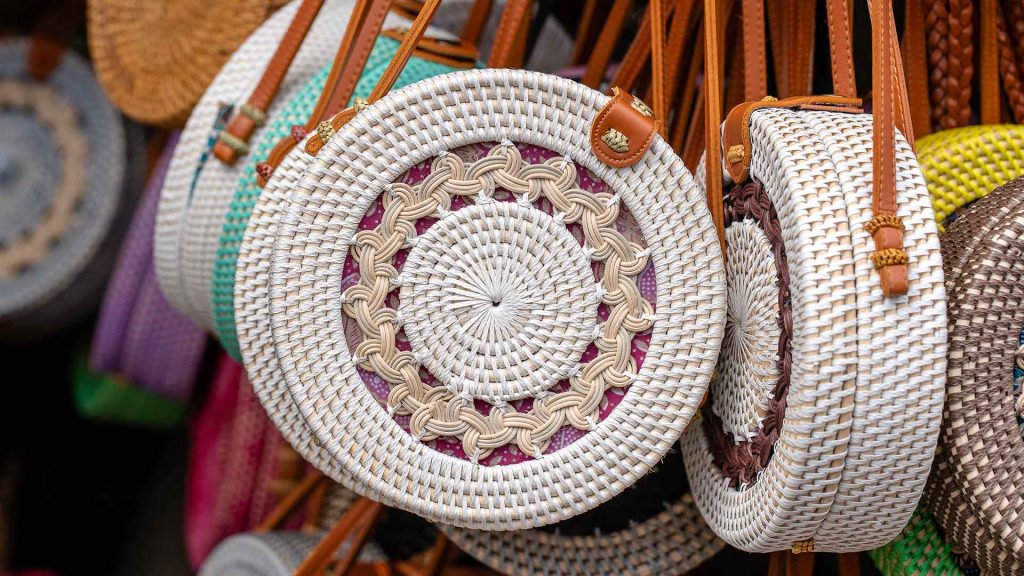Rattan weaving is an ancient craft that has been perfected over centuries, producing exquisite designs that have captivated people across the globe. The process of rattan weaving involves intricate techniques that transform the pliable rattan strands into stunning and functional pieces of art. This article explores the artistry and skill behind rattan weaving and its significance in contemporary design.
The rattan weaving process begins with the harvesting of rattan palm stems. After harvesting, the stems are cleaned, boiled, and dried to make them pliable for weaving. Artisans then use various weaving techniques, such as plaiting, coiling, and twining, to create intricate patterns and structures.
One of the most common weaving styles is the herringbone pattern, where strands of rattan are woven diagonally to create a visually appealing design. Another popular technique is called the checkerboard weave, where contrasting colors of rattan are woven together to form a checkerboard-like pattern.
Rattan weaving is not only a skillful art form but also a labor-intensive process that requires patience and precision. Skilled artisans spend hours meticulously weaving each strand, ensuring that the final piece is both aesthetically pleasing and structurally sound. The weaving process often involves a deep connection between the artisan and their craft, infusing each piece with a sense of uniqueness and soul.
In contemporary design, rattan weaving has found its place in various interior and exterior settings. From intricate rattan baskets and decorative screens to stylish rattan furniture, the art of weaving continues to charm designers and consumers alike. Rattan’s natural and sustainable qualities further contribute to its appeal, making it an ideal choice for those seeking eco-friendly and artisanal pieces to adorn their living spaces.


tessd
This is inspiring. Thanks for sharing your knowledge.
This was time well spent.
Thanks for taking the time to create this.
Can you be more specific about the content of your article? After reading it, I still have some doubts. Hope you can help me. https://www.binance.com/es-AR/register?ref=UT2YTZSU
Thank you for your sharing. I am worried that I lack creative ideas. It is your article that makes me full of hope. Thank you. But, I have a question, can you help me?
Can you be more specific about the content of your article? After reading it, I still have some doubts. Hope you can help me.
Your article helped me a lot, is there any more related content? Thanks! https://accounts.binance.info/register-person?ref=IHJUI7TF
Thanks for sharing. I read many of your blog posts, cool, your blog is very good. https://www.binance.com/fr/register?ref=T7KCZASX
Great insights! In the fast-paced world of online gambling, smart fund management is just as crucial as strategy. Platforms like AI Business Solutions can streamline decision-making and boost efficiency.
I don’t think the title of your article matches the content lol. Just kidding, mainly because I had some doubts after reading the article. https://www.binance.com/pl/register?ref=UM6SMJM3
I don’t think the title of your article matches the content lol. Just kidding, mainly because I had some doubts after reading the article.
Hey, if you’re looking for something new, I gave Timbet1 a shot. Seems solid, decent payouts and some interesting games. Nothing groundbreaking, but worth a try! See more at timbet1.